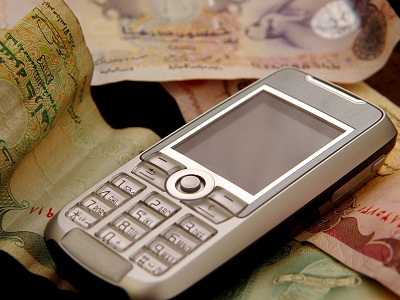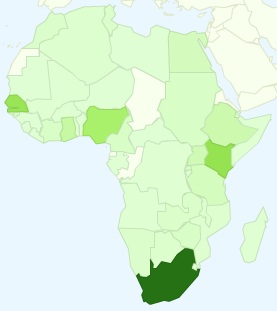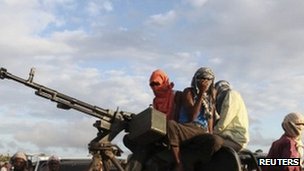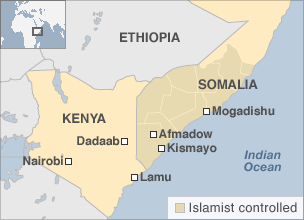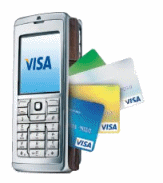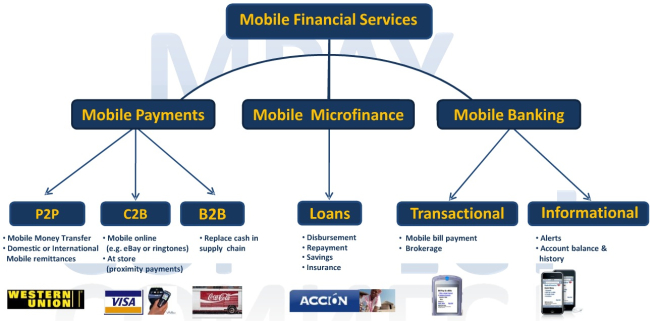
Photo Credit: IITA
NB: This is my personal analysis of contributions to question five from the forum. This post is the fifth in series of six, analyzing each of the six forum questions that were discussed.
With my interest in this area, I began the discussion with a post which pointed out the need to source content from farmers themselves – that is farmers’ local knowledge and innovations (FLK/I). A number of subsequent posts agreed with the fact that local knowledge is critical, and any effort to spread this knowledge and prevent its dearth by recording it through technology is also essential.
Question 5: What are the methods for sourcing appropriate content to be delivered to farmers, what standards should be followed when disseminating information to farmers, and who is best placed to manage quality assurance?
Most often when it comes to services for farmers, we immediately jump into ways of providing technical/scientific content. So I may say my post did change the tone of discussion of the question, at least at the beginning. Below are some of the ways that FLK/I could be sourced from farmers as primary content and then improved through other scientific methods for use by these farmers.
Sourcing Methods of Farmers Local Knowledge and Innovations (FLKI)
- Use of face-to-face meeting with farmers to help identify FLK/I and then “validate” it together with them
- Use of mobile vans with the necessary recording equipments to source content from farmers
- Use of radio in combination with mobile phones to source FLK/I from farmers. Specifically, radio “Phone-In” program in most parts of Africa could be an excellent method
- Farmers could be trained with basic documenting tools so that while they are engaged in their local farming activities, they can also be recording these activities for researchers to use later in their research to improve these innovations.
Other examples of the use of ICTs to facilitate peer-to-peer knowledge sharing among farmers and possibly for sourcing content for farmers were also pointed out by other discussants as Awaaz.De, Digital Green, and Video Viewing Club (VVC).
Another promising application that was mentioned later during the discussion is NEXT2 – a geosocial network app that automatically connects subscribers around location and by common topics of interest or concern. I believe the potential of this app is great for those interested in utilizing farmers local knowledge and innovations. While the app may primarily help strengthen the existing social capital among farmers through knowledge sharing, it could also be used to strengthen the link between farmers and their officers with close geographic proximity.
Customized/Localized Content for Farmers
A related point made by another contributor emphasized localized content instead of global scientific knowledge, which may not be appropriate for all contexts. The post asked for a process to build a database of customized content that is relevant to a group of farmers instead of defining apriori what is needed. The contributor called for a system where farmers can both receive support when they need it, and provide supports to others when it is in their area of expertise. Also with the use of technology such as efficient search interface, ‘farmers’ will be able to take advantage of previously answered questions when it becomes necessary.
In fact this point agrees with one of the components of the mFarmer Initiative that aims at providing bespoke, digital agriculture content via an online database. Making this database a dynamic resource with up-to-date content will be very useful for agricultural development.
Conventional Approaches to Content Sourcing
While others agreed that knowledge from farmers is important to remember, they believe that the bulk of content farmers need to improve their farming techniques is from known sources such as public and private extension services, R&D units (both private and public), and universities. The problem with the content from these sources is that they are in diverse formats that needed to be managed for farmers to be able to use. Below is a summary of traditional methods of sourcing content for farmers:
- Printed literature and website information that are authentic and are available in public domain
- For information not available in the public domain, special tie-up with appropriate organizations to enable content enrichment and broadening of the knowledge base
- Feedback and success stories from the customers
Feedback on Content Versus User-Generated Content
Another important contribution from the experts pointed out the difference between feedback from farmers and content being generated by farmers. Feedback is useful to increase the relevance of the service, content itself, content sourcing methods and understanding of the on-the-ground needs by the research units. On the user-generated content, it may be appropriate for a service provider to take this approach, but it should be noted that the quality of the advice given by one user to another, inevitably affects the perceived quality of the service itself.
Who is Best Placed for Quality Assurance?
Intermediaries? The first concern of how quality assurance should be structured for user-generated model so that it increases the value and doesn’t become a bottle-neck for the scaling up was raised. Even though there was no direct response to this concern, the structured architecture of M-Kilimo and IKSL platforms where their systems have frontline staff, supported by subject matter experts/specialist and again independent evaluators were cited as good examples for content validation.
But at the same time, a concern was raised with the competency of these intermediaries such as knowledge workers, call center operators, and helpline that are critical part of the value chain. Most often, they have access to a vast repository of content and in majority of cases, take the final decision on what content to push to the farmer. Experts are usually one step removed from this process.
This has been my argument after my 2009 study in Ghana where I stated that the mere emergence of intermediaries cannot solve the knowledge barrier challenges that we currently have. We need strategies that ensure that their activities are coordinated (See my four component-strategy to do this).
Research Institutes? It was also pointed out that sourcing, aggregating, managing and assuring quality content for mobile agricultural services is complex. The role of national agricultural research institutes and universities is vital in this process to validate and adapt the content to the local context of the users.
International Organizations? The case of TECA’s partnership with organizations such as the Grameen foundation to use TECA’s information for their farmer helplines and community workers was also shared. It noted that a lot of highly relevant knowledge about successful agricultural practices and technologies for small producers comes from projects but when the project ends, the lessons learnt are often not documented in a way that could be useful for extensionists, local NGOs and farmer cooperatives in the project area and beyond.
Below is quick breakdown from a discussant on quality assurance of content for farmers:
- In-house content personnel for developing content plan and protocol
- Experts who will be vetting the content for messages
- In-house content personnel for carrying out regular internal audit
- Obtaining feedback from farmers through participatory appraisal to improve the services
- Periodic audits conducted by external agencies
Standards to Follow while Disseminating Information to Farmers
- Protocol of information dissemination is required to be developed for each category of information.
- Requirement in respect of the following should be well defined in these protocols of information dissemination such as source, adequacy, accuracy, relevance (location specific), clarity, and sensitivity to the socio-cultural aspects
In summary, as we explore mobile agricultural information services, it is expedient for us to combine these services with human actions. There may be situations where experts will need to visit farmers field to be able to do the right diagnosis to the problem. Those from the field will agree that not all problems can be solved through phone calls or SMS. Sometimes, the experts need to see the infestation, disease, etc. on the ground to be able to recommend a solution. We need the mobile services but at the same time we should be able to determine when to use it, especially when we are concern with quality of content to the users.
NB: The last in the series (6th) is “Reflections on mAg Services: Mistakes and Pitfalls of MNOs/NGOs” (Available on 01/05/2012)
The first, second, third and fourth posts are:
1. “Reflections on mAg. Services: Partnerships Between MNOs and APs”
2. “Reflections on mAg. Services: Barriers to Scale“
3. “Reflections on mAg Services: Is there a Business Case for Serving Farmers?“
4. “Reflections on mAg Services: Financial Sustainability”
![]()

